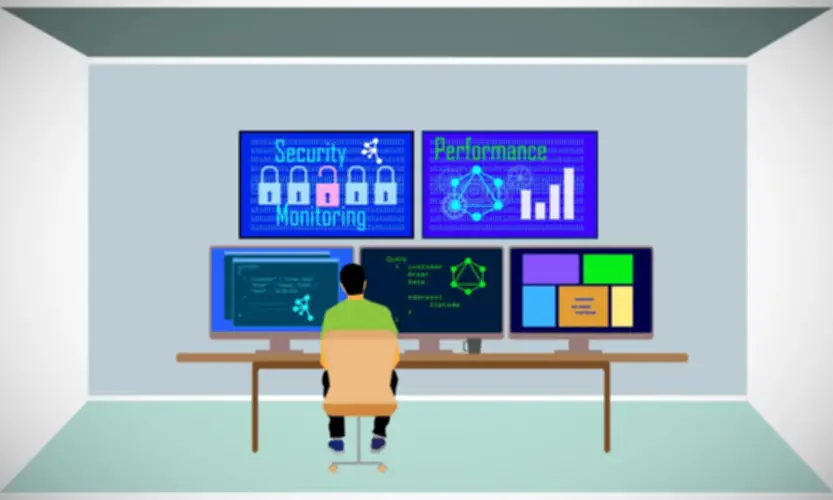Accuracy refers to how shut a measurement is to the true or accepted worth, while precision refers to how shut a quantity of measurements are to each other Digital Trust. Accuracy is the diploma of closeness of the measurements to the goal or reference worth. Precision on the opposite hand is the diploma of closeness of measurements with each other.
- Precision refers to the closeness of two or more measurements to one another.
- Resolution is the variety of significant digits (decimal places) to which a price is being reliably measured.
- If the player shoots with precision, his goal will at all times take the ball to the same location which may or is most likely not close to the basket.
- Precision in processes/measurements implies that each services or products meets the same excessive requirements.
- In other instances, accuracy reflects how shut a worth is to a regular.
The Method To Visualize Accuracy Vs Precision
Accuracy is determined by comparing the measurement against accurcy the true or accepted worth. An correct measurement is near the true value, like hitting the middle of a bullseye. To improve accuracy, calibrate your instruments frequently, observe standardized procedures, and remove any identified biases within the measurement course of.

What Is The Difference Between Accuracy And Precision In Measurements?
Commonly used metrics embody the notions of precision and recall. Recall is defined as the fraction of paperwork correctly retrieved in comparison with the related documents (true positives divided by true positives plus false negatives). Suppose if we measuring the same commonplace weight on weighing scale-2, then we obtained the values of 12.15, 12.18, 12.35, 12.20, and 12.41kg respectively. That means weighing scale-2 is extra exact than weighing scale -1 as all values are very consistent/close to one another. But weighing scale-2 just isn’t correct because the average of measurements is away from the target/reference level.
Accuracy Vs Precision Difference
The time period “accuracy” describes how precise or appropriate a measurement, analysis, or outcome is. Science, engineering, well being, finance, and several other different fields depend upon this idea. When evaluating the efficiency or efficacy of methods, models, or knowledge, accuracy is regularly used to gauge their quality, suitability, or reliability. In different instances, accuracy reflects how shut a worth is to a regular. A chemist might put together a standard answer to make use of as a reference. There are additionally requirements for models of measurement, such as the meter, liter, and kilogram.
Steps For Optimizing Your Decision-making Course Of

Even if your machine’s settings are slightly off, as long as they are constantly off in the identical way, each elements will still function together. A measurement system may be correct however not exact, exact however not correct, neither, or each. For example, if an experiment contains a scientific error, then increasing the pattern measurement typically increases precision but doesn’t enhance accuracy. The end result can be a consistent but inaccurate string of results from the flawed experiment. Eliminating the systematic error improves accuracy however doesn’t change precision.
The average length precisely meets the specified size, demonstrating the machine’s accuracy in cutting the steel sheets. Let’s take a closer look at what these two very totally different terms imply, tips on how to measure them, and how to choose on between the 2 whenever you can’t have it all. His accuracy, calmness in the pocket and athleticism have made Kelly a longtime admirer of his.
Where not explicitly stated, the margin of error is known to be one-half the value of the final important place. The terminology can additionally be applied to indirect measurements—that is, values obtained by a computational process from observed information. Precision refers to how well measurements agree with one another in multiple tests.
In addition to accuracy and precision, measurements may have a measurement decision, which is the smallest change in the underlying bodily amount that produces a response within the measurement. Accuracy and precision are two measures of observational error.Accuracy is how close a given set of measurements (observations or readings) are to their true value.Precision is how close the measurements are to every other. Accuracy describes the degree of consistency between the measurement outcome and the true or correct value of the measurand. For instance, if on common, your measurements for a given substance are near the identified worth, however the measurements are far from one another, then you have accuracy without precision. Accuracy refers again to the closeness of a measured value to a standard or known worth.
Precision is equally necessary in the business world as a end result of it means you’re bringing consistency and quality to the table. However, Bank of England governor Andrew Bailey lately said “the world is too uncertain” to make correct predictions of when rates of interest would fall, and by how much. “You can do what you want as a business, but you’re not essentially going to get an correct crime picture,” mentioned Hamilton, who runs the LAPD’s detective bureau. Resolution is the number of vital digits (decimal places) to which a price is being reliably measured.
When these are sorted, a classification is considered appropriate if the right classification falls anywhere inside the prime 5 predictions made by the network. It is normally greater than top-1 accuracy, as any appropriate predictions in the 2nd through fifth positions is not going to enhance the top-1 score, but do enhance the top-5 rating. A widespread conference in science and engineering is to specific accuracy and/or precision implicitly via important figures.
It only tells us how dependable the instrument is at that specific point. These will help you see how these ideas play out in numerous settings. It refers to how shut your results are to one another, regardless of whether or not or not you hit the goal. In numerical evaluation, accuracy can be the nearness of a calculation to the true worth; while precision is the resolution of the illustration, typically defined by the variety of decimal or binary digits. Accuracy is essential for trustworthy, efficient, secure, and credible decision-making and for saving prices and enhancing reputation.
These benefits underline how crucial accuracy is in numerous spheres of life. With so many claims being made about everything we purchase, it’s exhausting to keep observe of what they’re even alleged to imply, not to mention whether they’re correct. If you’re doing something the place the best consequence is critical, go for accuracy.

But if over per week they maintain predicting rain and daily, it’s sunny, the forecasts are precise but not accurate. Ideally, you need your climate forecasts to be both precise (so you’ll find a way to see consistent patterns) and correct (so you understand whether to deliver your umbrella). Furthermore, it is also called top-1 accuracy to differentiate it from top-5 accuracy, frequent in convolutional neural community evaluation. To consider top-5 accuracy, the classifier should provide relative likelihoods for each class.
Transform Your Business With AI Software Development Solutions https://www.globalcloudteam.com/ — be successful, be the first!
